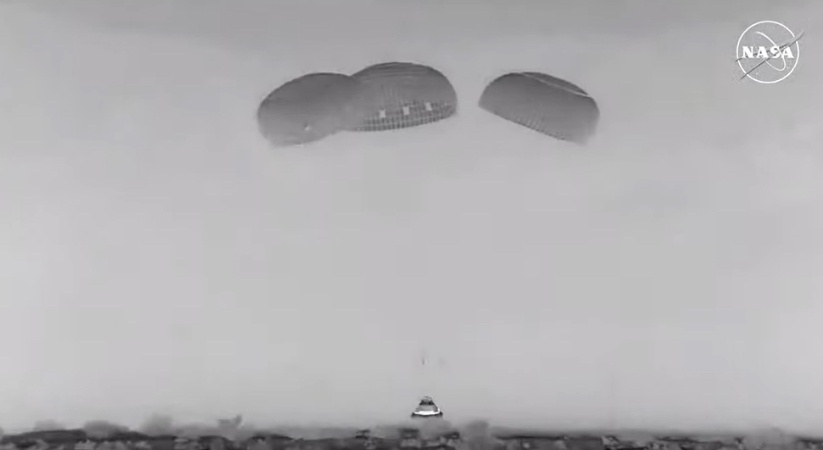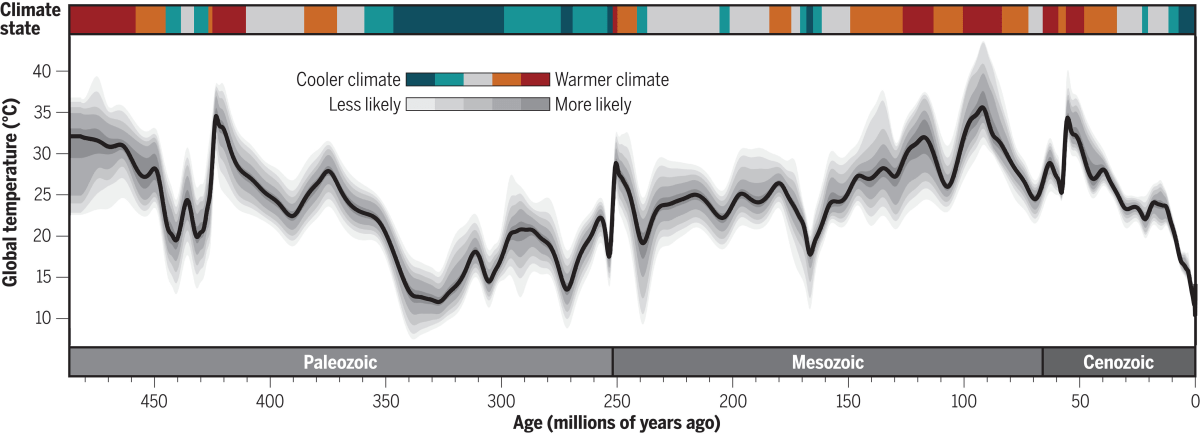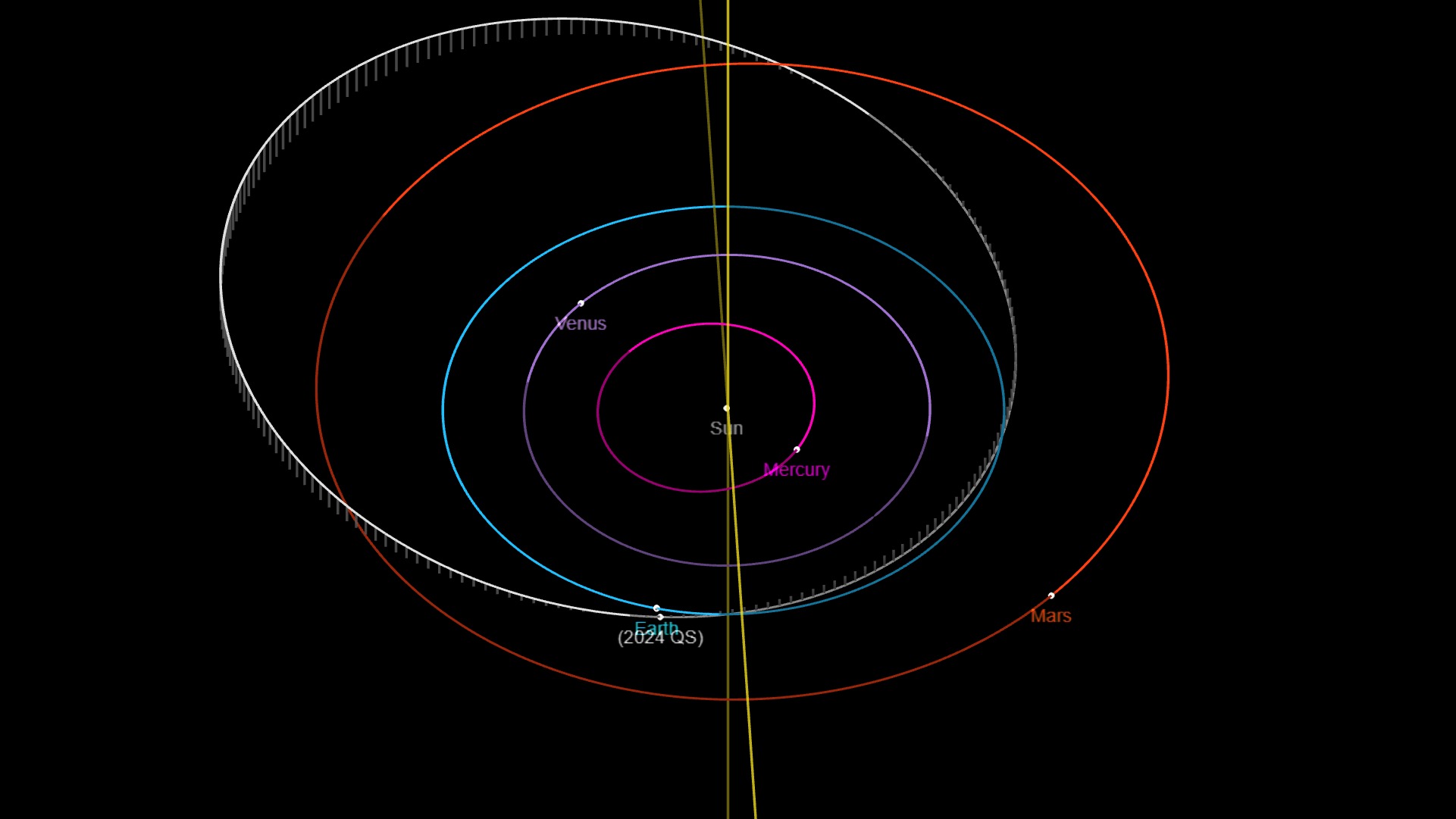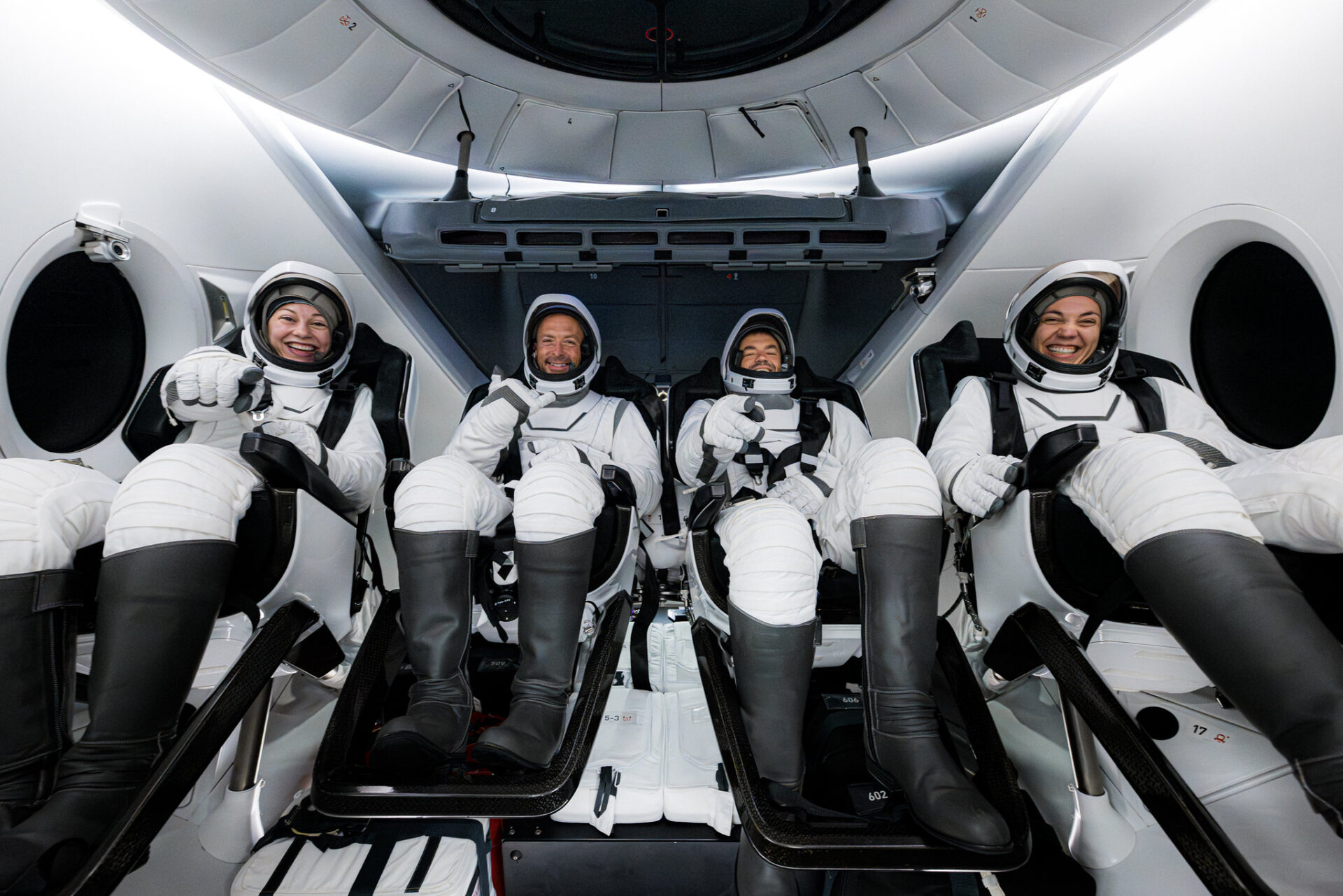The Boeing Starliner module has been plagued with issues despite what seemed to be the dawning of a new commercial space giant. The module detached from the International Space Station on 7 September but without its crew! Butch Wilmore and Suni Williams journeyed to the ISS in June this year in what was supposed to be a mission lasting just a week. They are still there! Just a few days ago, their module returned under remote control while they stay in orbit until February!
I think the two astronauts stuck up in the ISS (although NASA and Boeing try and contain the use of the term ‘stuck’) would agree, space exploration is unpredictable! We are only just scraping the surface of the physics of the cosmos and the extreme conditions beyond the safe confines of Earth’s atmosphere.
Spacecraft like the Boeing Starliner must protect the crew from the hostile environment that includes high levels of radiation, and micrometeoroids to name just tow of them. Even with the extreme levels of planning that go into space missions, sometimes things go wrong! Human error, equipment malfunction and even cosmic events can all transpire to make space exploration one of the trickiest endeavours our species has undertaken.
The Starliner module was developed by Boeing as one of a new generation of spacecraft designed to transport astronauts to the ISS. It was developed as part of NASAs Commercial Crew Program as an independent, re-usable module. The module is equipped with touch screen controls to give it a real ‘Star-Trek’ appeal, a streamlined suite of instruments that enable it to be either manually or automatically controlled. It has been designed for land-based recoveries like most others that splash down on their return to Earth.

The Boeing contract with NASA was secured in September 2014 and, after a few test failures, finally launched its first crew to the ISS on 5 June 2024. The intention was for them to stay on board for a week but as history shows, that hasn’t quite gone to plan. Before they had even left a helium leak had been identified in the propulsion system but was considered to be isolated. During the flight, another four leaks were identified.
What do these dates have in common; 14 June, 18 June and 24 August? They are all dates that NASA and Boeing a delay for the return of Willliams and Wilmore. Now it looks likely that their return won’t be until February next year hitching a ride on board the SpaceX Dragon module instead.

The decision was taken to return the Starliner module to Earth autonomously for safety concerns. Now it is back on Earth teams of engineers will begin work to understand what has been plaguing the propulsion system. It touched down on 7 September landing at the White Sands Space Harbour in New Mexico in what has been described as a text book landing, unfortunately Williams and Wilmore had to watch from the comfort of the ISS!
Source : Starliner Lands in New Mexico





No comments! Be the first commenter?